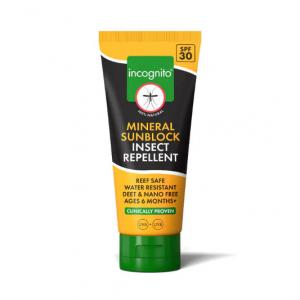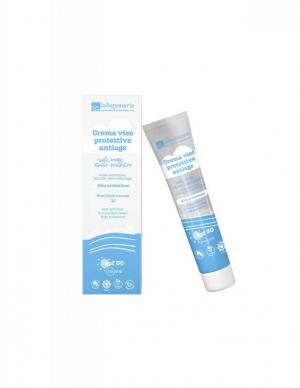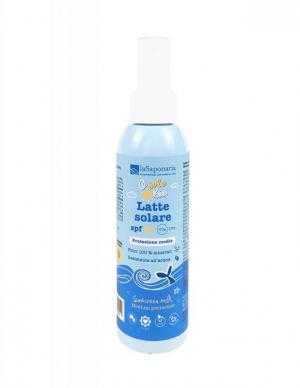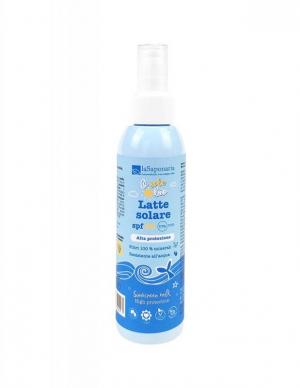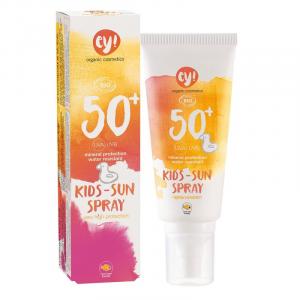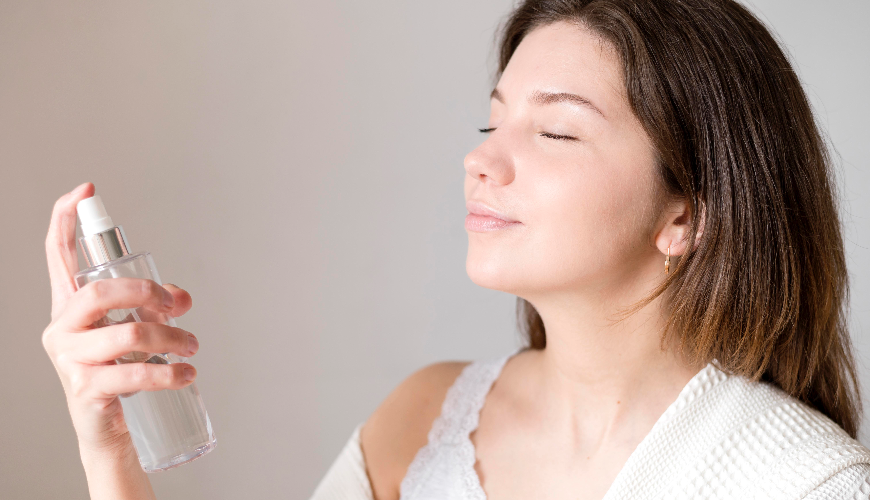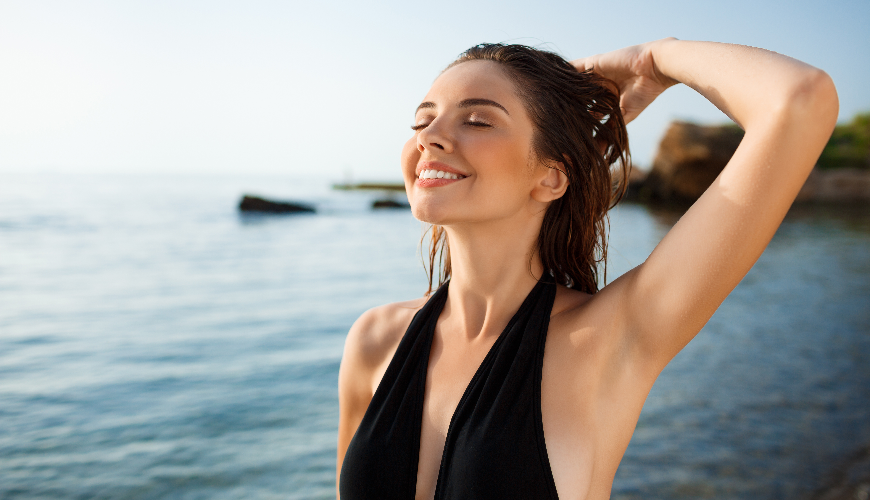
How to Choose the Best Sunscreen

Sunlight is indispensable for our health, but it can also be dangerous. Long-term exposure to the sun without adequate protection can lead to a range of skin problems, from sunburn to skin cancer. Using sunscreen is therefore an essential part of skincare. In this article, we will explore why it's important to use sunscreen, how to choose the best one, and how to apply it correctly.
Why is it important to use sunscreen?
Sunlight is essential for the synthesis of vitamin D in our body, which is crucial for healthy bones and the immune system. However, excessive and unprotected exposure to UV radiation can have serious negative impacts on our skin. Ultraviolet (UV) rays are divided into UVA and UVB, both of which pose certain risks. UVA rays penetrate deep into the skin and are the main culprits of premature skin aging, causing wrinkles and loss of elasticity. Conversely, UVB rays are responsible for sunburn and can contribute to the development of skin cancer by damaging the DNA of cells.
Beyond aesthetic issues such as pigmentation and dark spots, these damages can lead to more serious health problems, including melanoma, which is the most dangerous form of skin cancer. Using sunscreen with a sufficient sun protection factor (SPF) helps block or absorb harmful UV rays and thus reduces the risk of these damages. Regular use of sunscreen is therefore an essential part of preventing and protecting our skin's health, not only during the summer months but all year round.
Try our natural products
How to choose the best sunscreen?
When choosing a sunscreen, several factors need to be considered. The first is skin type. Oily skin will need a lighter, non-greasy cream, while dry skin will appreciate moisturizing ingredients. Sensitive skin requires a cream without fragrances and irritants. Another factor is SPF (or Sun Protection Factor), which indicates how well the cream protects against UVB rays. Experts recommend using creams with at least SPF 30. We have previously written about how to choose the right SPF here.
Chemical vs. Mineral Sunscreens
Sunscreens are divided into chemical and mineral. Chemical creams contain substances that absorb UV radiation and convert it into heat, which is released from the skin. Mineral creams, on the other hand, contain natural substances such as zinc oxide or titanium dioxide, which physically block UV radiation. Each type has its advantages and disadvantages. Chemical creams are easy to apply and are not visible on the skin, but they can cause allergic reactions.
Mineral or natural sunscreens are an alternative to traditional chemical creams and use mineral filters, such as zinc oxide or titanium dioxide, which physically block UV radiation. These creams are particularly popular among people with sensitive skin or those who prefer natural cosmetics without synthetic ingredients. In addition to sun protection, they often contain other natural ingredients, such as aloe vera, coconut oil, or green tea, which have moisturizing and soothing effects. Natural sunscreens are also more environmentally friendly as they do not contain chemicals that could harm marine life.
Try our natural products
Sunscreen for babies, yes or no?
The exposure of babies to the sun should be very limited, if allowed at all. Doctors and pediatricians usually recommend that babies under six months should not be exposed to direct sunlight. For older babies, if sun exposure is unavoidable, it is crucial to use physical barriers such as wide-brimmed hats, protective clothing, and stroller sunshades. Sunscreens should only be used as supplementary protection, using products specifically designed for babies that provide broad-spectrum protection and have a high SPF.
Try our natural products
How to properly apply sunscreen?
Sunscreen needs to be applied correctly to provide maximum protection. You should apply it 15-30 minutes before going out in the sun. Use a sufficient amount of cream—an adult should use about 30 ml for the entire body. Don't forget areas that are often overlooked, such as the ears, the back of the neck, and the feet. Sunscreen should be reapplied every two hours or after swimming and sweating.
The sun tans even when it's cloudy
There are many myths about sunscreens that can lead to their improper use. For example, many people think they don't need sunscreen when it's cloudy. The fact is that up to 80% of UV rays can penetrate through clouds. Another myth is that a higher SPF always provides much better protection. In reality, SPF 30 blocks about 97% of UVB rays, while SPF 50 blocks about 98%.
Using sunscreen is key to protecting our skin from the harmful effects of sunlight. Choosing the right cream depends on your skin type and your needs. Whether you choose a chemical or mineral cream, it is important to apply it correctly and renew it regularly. This not only protects your skin from sunburn but also from more serious issues such as skin cancer. Remember that sun protection should be a part of your daily skincare routine.
